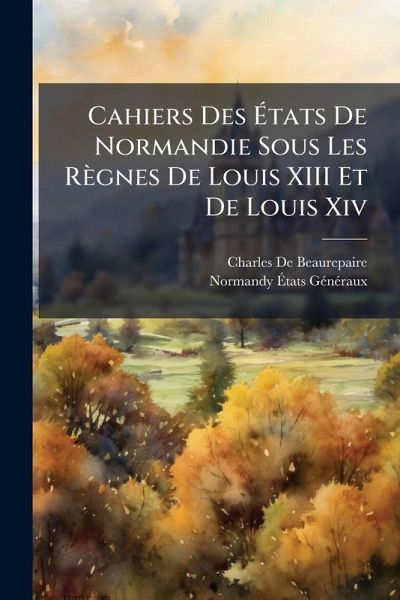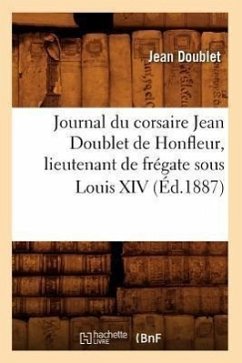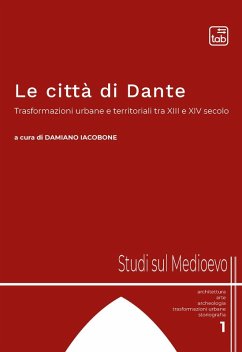
Cahiers Des États De Normandie Sous Les Règnes De Louis XIII Et De Louis Xiv

PAYBACK Punkte
13 °P sammeln!
Cahiers Des États De Normandie Sous Les Règnes De Louis XIII Et De Louis XIV: 1610-1620, meticulously compiled by Charles De Beaurepaire, offers a detailed examination of the proceedings of the Estates-General of Normandy during a pivotal period in French history. This collection of primary source documents provides invaluable insights into the political, social, and economic dynamics of the region under the reigns of Louis XIII and Louis XIV. Spanning the years 1610 to 1620, the cahiers capture the voices and concerns of various segments of Norman society as they addressed the crown. These ...
Cahiers Des États De Normandie Sous Les Règnes De Louis XIII Et De Louis XIV: 1610-1620, meticulously compiled by Charles De Beaurepaire, offers a detailed examination of the proceedings of the Estates-General of Normandy during a pivotal period in French history. This collection of primary source documents provides invaluable insights into the political, social, and economic dynamics of the region under the reigns of Louis XIII and Louis XIV. Spanning the years 1610 to 1620, the cahiers capture the voices and concerns of various segments of Norman society as they addressed the crown. These records shed light on the evolving relationship between the monarchy and the provincial estates, revealing the complexities of governance and the challenges of the era. Scholars and historians will find this compilation an essential resource for understanding the intricacies of early modern France. This work has been selected by scholars as being culturally important, and is part of the knowledge base of civilization as we know it. This work was reproduced from the original artifact, and remains as true to the original work as possible. Therefore, you will see the original copyright references, library stamps (as most of these works have been housed in our most important libraries around the world), and other notations in the work. This work is in the public domain in the United States of America, and possibly other nations. Within the United States, you may freely copy and distribute this work, as no entity (individual or corporate) has a copyright on the body of the work. As a reproduction of a historical artifact, this work may contain missing or blurred pages, poor pictures, errant marks, etc. Scholars believe, and we concur, that this work is important enough to be preserved, reproduced, and made generally available to the public. We appreciate your support of the preservation process, and thank you for being an important part of keeping this knowledge alive and relevant.












